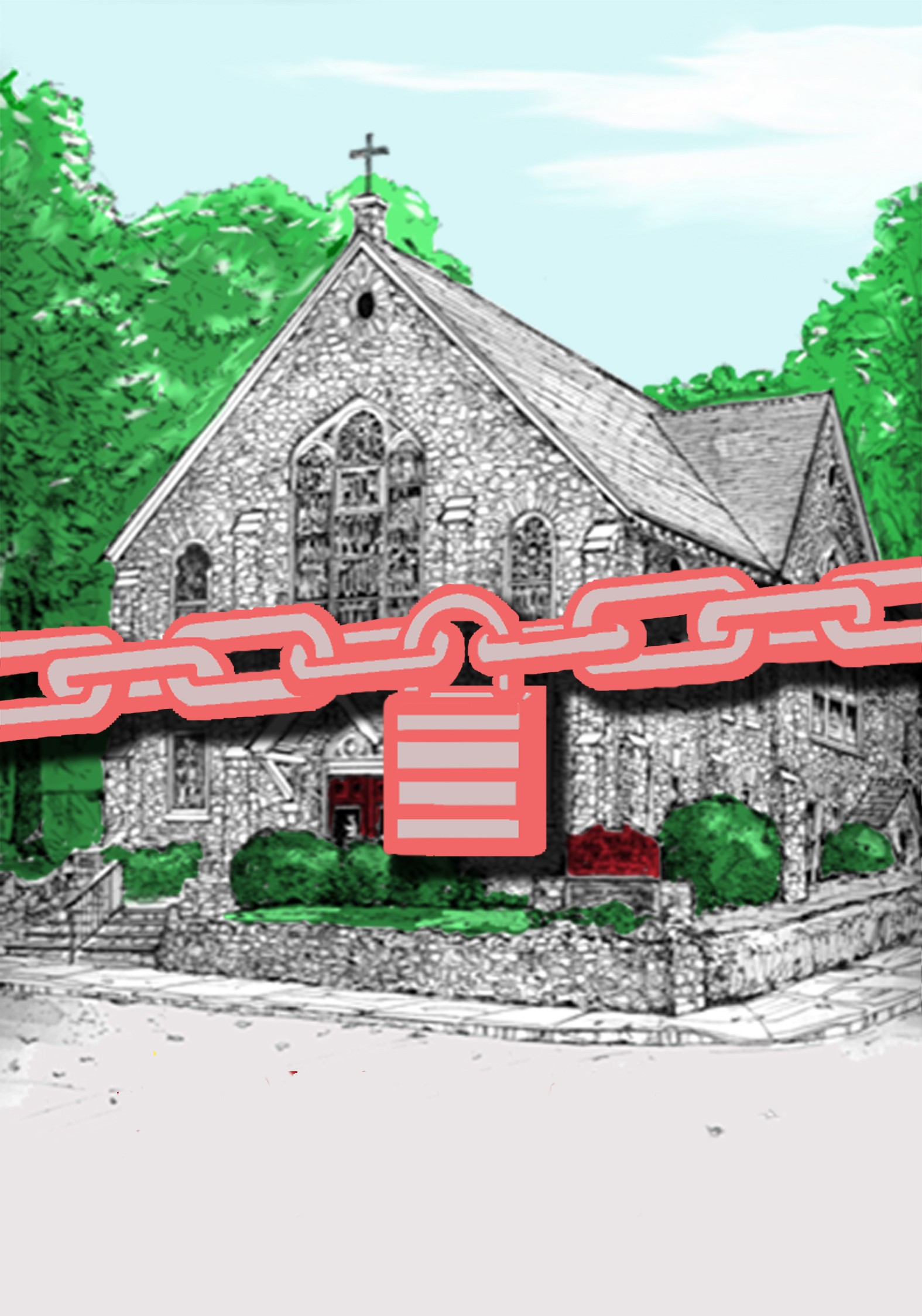How the Internet Can Force Us to Take A Good Look at Ourselves
A young man has been ranting online about the death of his sister in a car accident and her insurance company’s maneuverings to avoid paying the benefit included in her policy. They have probably spent more than the $75,000 the policy promised.
Considering the tragic circumstances, Mike Fisher’s writing is civil. His arguments make sense and are presented graciously. The battle that his parents have had to wage reveals the failing of corporate thinking. Money and litigation experience allows the Corporation to abuse its customers.
There was a time when victims of bad corporate behavior had little recourse.
Today, the internet can make a dent in corporate thinking. Matt Fisher’s writings got the attention of Seth Godin and his massive corporate following.
Seth writes:
They bet on short memories and the healing power of marketing dollars, commercials and discounts. Employees are pushed to focus on bureaucratic policies and quarterly numbers, not a realization that individuals, not corporations, are responsible for what they do.
The Corporate Church is no better than Progressive. They are mired in “corporate think.” It’s handling of its members has strayed far from biblical teachings. Dollars rule. People: too bad.
In Redeemer’s conflict with the Southeastern Pennsylvania Synod and the Evangelical Lutheran Church in America, the same thinking is evident. The Church turned on its own “policy holders.” The conflict was vicious from the opening bell. The bishop attempts to make it look as if great efforts were made otherwise. They weren’t. In all the rhetoric explaining how hard they worked with Redeemer, they never give examples. There aren’t any.
The Church, from the start, used corporate power and pooled assets of 160 congregations to go after individuals in one small church.
The people of Redeemer always thought we were on the same side.
The lives of 82 lay volunteer church members have been turned upside down for four years with no end in sight. The Church is oblivious that their actions are against their own members— old people, children, immigrants, disabled people, students—faithful, hard-working people—the people the Church advertises that it cares for.
To SEPA, we are the enemy.
This enemy has been fighting for one thing—that SEPA and the ELCA keep the promises made to member churches.
The courts don’t want any part of church disputes. Unfortunately neither do other congregations, clergy, Presiding Bishop Hanson, or the national church.
Progressive Insurance creates enticing advertisements. Get the dollars flowing.
The Corporate Church preaches that it cares about bullying and social justice, love, reconciliation and compassion. When put to the test, it is just as self-protective of power and money as the Corporate Insurance Agency.
They are both in the “people business.” It’s time they both act like it.
People could stop the abuse. Will they?
We won’t buy Progressive Insurance. We still call ourselves Lutheran.





